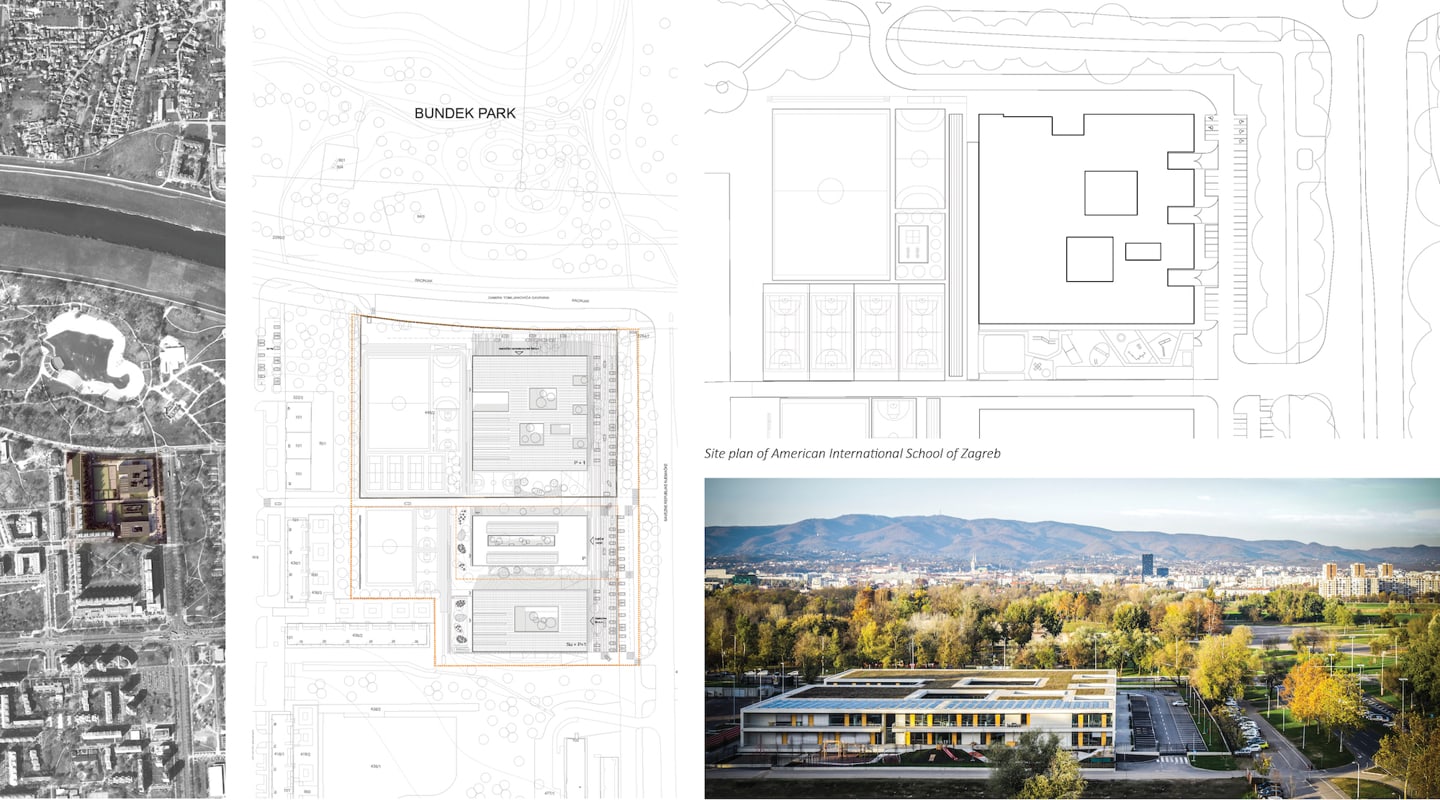
With so many stakeholders involved, coordination and communication is crucial to the success of architecture, engineering, or construction (AEC) projects, and even landscaping projects. Coordination naturally becomes more complicated the more disciplines there are involved in the project. Enter Industry Foundation Classes (IFC), the non-proprietary file format used for collaborating on building information modeling (BIM) projects.
IFC is popular in the AEC industry for its ability to improve communication and coordination among team members. In this blog post, we'll explore what IFC is, why it's the preferred way to collaborate, an example case study, and how you can start using IFC in your own projects.
What Is IFC and What Are Its Benefits for BIM Projects?
IFC is a non-proprietary file format used for exchanging building information models. IFC files can be used to share data between different software applications, making it possible for multiple stakeholders to collaborate on BIM projects.
IFC files contain a wealth of information about a construction project, including geometry, material properties, spatial relationships, and more. This data can be used to create a virtual mockup of the project, which can be used to help plan and manage the entire lifecycle of a building.
IFC provides many benefits for construction projects like better quality control and reduced costs. IFC data from a BIM process can also be reused, therefore minimizing cost for planning and designing building updates throughout the asset’s lifecycle.
Why IFC Is the Standard for BIM Collaboration in the AEC Industry
IFC is a popular choice in the architecture, engineering, and construction industry for several reasons.
The Ability to Use Your Preferred Software: Firstly, each project stakeholder can use their own software to work on the project, and the IFC file format guarantees that everyone is working with common sets of data. This is crucial in large projects with many different stakeholders, as it helps to avoid errors and miscommunication.
Simplified Collaboration: Because everyone is using a common set of data, IFC files are ideal for a BIM process because they are much more interoperable. This means that they can be opened and edited in a range of different BIM authoring platforms, making it easier for users to share files with others.
Full Digital Descriptions of Building Information Models: Thirdly, IFC files are much more detailed than other file formats. They contain all the data needed to fully describe a building model, including information on geometry, materials, construction elements, and so on, making IFC files ideal for complex BIM projects.
Wide AEC Industry Adoption: Finally, IFC files are well-supported by a lot of software vendors. All major BIM authoring software like Vectorworks support IFC in addition to supplementary software such as Solibri Model Checker, Navisworks, BIMCollab, BIM Track, BIMPlus, Revizto, and many more. This means that you can be confident that your investment in IFC-compatible software won't become obsolete in the future.
For all these reasons, IFC is an established file format that makes BIM projects more successful. Often, project owners will specifically ask for IFC files, so there's a great benefit to learning how to produce them. The format can help you ensure governing bodies of project success, making it an essential tool for any AEC professional.
Collaborating in BIM Projects | Flansburgh Architects Case Study
Collaboration makes or breaks BIM projects, as the architects at Flansburgh Architects know.
"Having a piece of software that uses a non-proprietary-based data exchanges means the files can be easily shared," said Brian Hores, BIM manager at Flansburgh. "This allowed the multidisciplinary design team to use their preferred system. The real benefit is being able to use the models as a tool for coordination during construction."
Flansburgh can use a single BIM model to act as a source of truth for a project. This allows for better coordination between the design team, engineering team, and ultimately the construction team.

J.F.K. Elementary School & Holbrook Middle-High School | Courtesy of Flansburgh Architects
How Can You Start Using IFC in Your Own BIM Projects?
There are a few things you need to do to start using IFC files in your BIM projects.
- Coordinate with the other stakeholders in your project to make sure everyone is on the same page. This coordination process is typically laid out in a BIM Execution Plan (BEP) at the beginning of a project.
- Make sure that all the stakeholders in your project are using software that's IFC certified.
- Export your models into IFC format. Check out this guide for an introduction on sharing models with IFC.
- Upload your IFC files to a shared server or BIM platform such as Solibri.
If you follow these steps, you should be able to start using IFC files in your projects. Of course, as with anything, there’s a learning curve involved. But there’s plenty of precedent in the AEC industry for using IFC. It’s possible that experienced project teams may offer guidance to yours if you’re using IFC for the first time.
Stay in the know with the latest insights
Subscribers receive news, customer stories, success and learning tips, event information, and other important announcements from Vectorworks.
By submitting this form, you agree that Vectorworks, Inc. and its authorized partners may contact you in regards to news, offers, and the use of our software, services, and platforms. Learn more about our privacy practices and your data on our privacy page.*